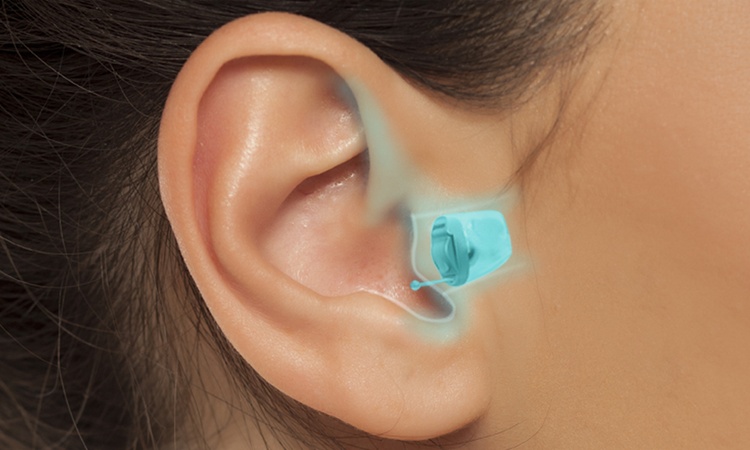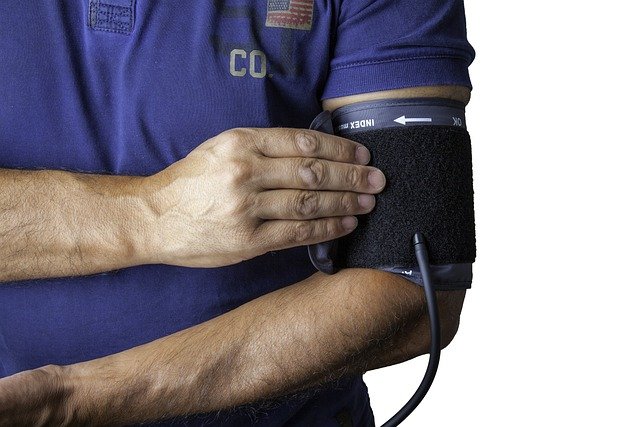New hearing aid technology: Making sound clear and natural again
What should I do if my hearing is gradually deteriorating? Modern hearing aid technology has broken through traditional limitations and provided new possibilities for hearing improvement. New hearing aids can restore natural sound quality, have a concealed and comfortable design, and personalized tuning can give you a better user experience.

How do modern hearing aids restore natural sound quality?
Today’s hearing aids utilize advanced digital signal processing to distinguish between speech and background noise. Unlike older analog models, modern devices can selectively amplify specific frequencies while reducing unwanted sounds. This technology creates a more natural listening experience by preserving the nuances of human speech and environmental sounds. Many current models also feature directional microphones that focus on sounds coming from in front of the wearer, making conversations clearer even in noisy environments.
What makes contemporary hearing aids practically invisible?
The latest hearing aid designs prioritize discretion without compromising functionality. Completely-in-canal (CIC) and invisible-in-canal (IIC) models sit deep within the ear canal, making them virtually undetectable. Behind-the-ear models have also become significantly smaller and more streamlined. Modern materials and miniaturized components allow manufacturers to pack powerful technology into incredibly compact designs, addressing the cosmetic concerns that previously prevented many people from seeking hearing assistance.
How does personalized tuning improve the user experience?
Contemporary hearing aids offer sophisticated customization options through digital programming. Audiologists can adjust multiple frequency bands independently, creating a personalized sound profile based on individual hearing loss patterns. Many devices also feature automatic program switching, adapting to different environments like restaurants, concerts, or quiet conversations. Some models even allow users to make real-time adjustments through smartphone apps, providing unprecedented control over their hearing experience.
What hearing aids for the elderly provide the best solutions?
Seniors often benefit from hearing aids designed with their specific needs in mind. Models with larger batteries, simple controls, and enhanced low-frequency amplification work well for age-related hearing loss. Many manufacturers now offer hearing aids with telecoil technology for better phone conversations and compatibility with hearing loops in public venues. Rechargeable options eliminate the need to handle tiny batteries, while models with volume controls and program buttons provide tactile feedback for users who prefer physical controls over smartphone apps.
Where can you find ear clinic nearby and professional services?
Finding professional hearing care has become more accessible across the United States. Major audiology chains like Miracle-Ear, Beltone, and HearingLife operate thousands of locations nationwide, offering comprehensive hearing evaluations and fitting services. Many independent audiologists also provide personalized care in local communities. Additionally, warehouse clubs like Costco have expanded their hearing aid services, providing quality devices at competitive prices. Online retailers now offer direct-to-consumer options, though professional fitting and ongoing support remain important considerations for optimal results.
Which hospitals where you can get hearing aids offer comprehensive care?
Many major hospital systems across the United States have established dedicated audiology departments that provide comprehensive hearing aid services. These facilities often offer the most advanced diagnostic equipment and treatment options. Academic medical centers frequently provide access to cutting-edge research and experimental treatments. Veterans Affairs medical centers offer specialized hearing aid services for eligible veterans, often at reduced costs.
| Provider Type | Services Offered | Key Features |
|---|---|---|
| National Chains (Miracle-Ear, Beltone) | Hearing tests, fitting, ongoing support | Wide network, standardized care, warranties |
| Independent Audiologists | Personalized care, advanced diagnostics | Individualized attention, local expertise |
| Hospital Systems | Comprehensive care, medical treatment | Advanced diagnostics, specialized treatments |
| Warehouse Clubs (Costco) | Basic testing, popular brands | Competitive pricing, member benefits |
| Online/Direct-to-Consumer | Remote fitting, mail delivery | Convenience, lower costs, limited support |
The landscape of practical hearing aids on the market continues to evolve rapidly. Bluetooth connectivity now allows users to stream phone calls, music, and television audio directly to their hearing aids. Artificial intelligence features enable devices to learn user preferences and automatically adjust settings based on listening environments. Some models even offer language translation capabilities and fitness tracking features, transforming hearing aids into comprehensive communication devices.
Modern hearing aid technology represents a remarkable advancement in addressing hearing loss. With natural sound processing, discreet designs, and personalized programming, today’s devices offer solutions that were unimaginable just a decade ago. Whether seeking help through local ear clinics, hospital audiology departments, or national chains, Americans with hearing difficulties have more options than ever before. The combination of improved technology and increased accessibility means that clear, natural hearing is within reach for millions of people ready to reconnect with the sounds that matter most.
This article is for informational purposes only and should not be considered medical advice. Please consult a qualified healthcare professional for personalized guidance and treatment.




